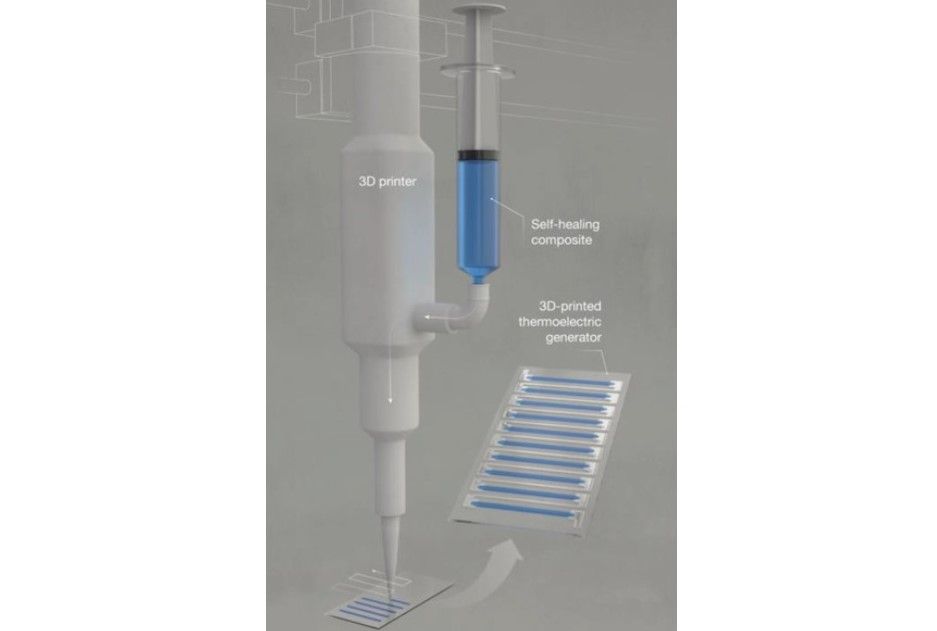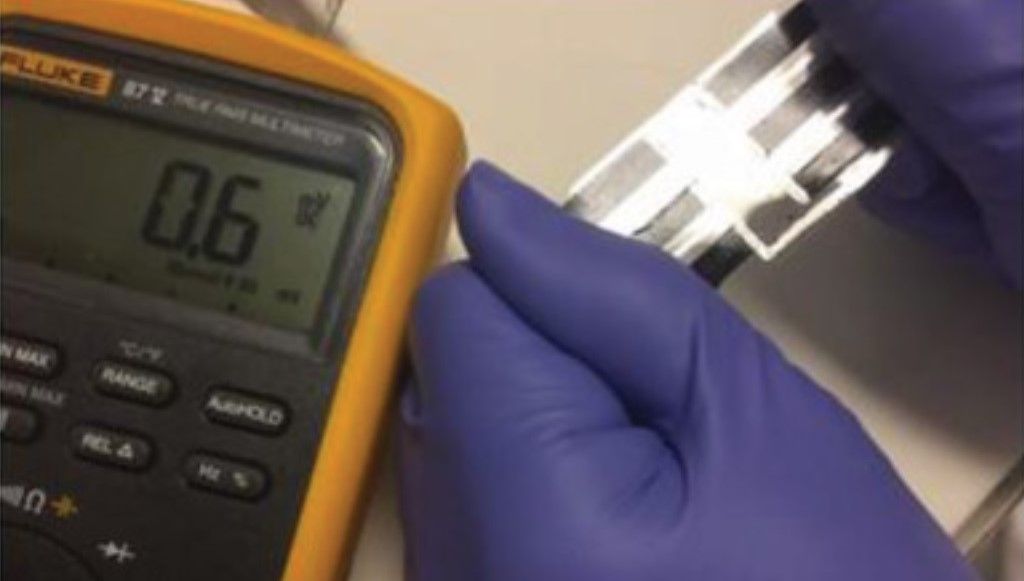The chances of buying wearable electronics in this decade took a giant leap forward recently, when a team of researchers created a material that is self-powering (from body heat) and self-repairing, as well as flexible enough to be used in clothing or attached directly to the skin.
While electronic devices in the form of small sensors have long been used for medical purposes (such as measuring blood pressure, brain activity, heart rate, or the release of specific chemicals), they remain in use only for those who really need them. This is because current technology for wearable electronic devices is still too heavy, rigid, or fragile to gain widespread use in fashion or in basic consumer devices.
Consequently, researchers have been studying ways to power electronics that are strong enough to prevent breaking, yet light enough and flexible enough to be easily worn.
With the invention of an electronic device made from stretchy, self-mending materials that are body heat-powered, the future of electronics looks a lot more wearable.

The material is based on a mix of three organic compounds that have been combined to create a prototype thermoelectric material that uses temperature gradients to generate electricity. By doing so, the researchers have avoided the need for heavy and clumsy battery packs.
The discovery was announced in a press release by the King Abdullah University of Science and Technology (KAUST), which reports that, “A team led by Derya Baran and Seyoung Kee at KAUST have blended the highly conductive thermoelectric polymer PETOT:PSS (poly(3,4-ethylenedioxythiophene) doped with polystyrene sulfonate), with dimethyl sulfoxide, an organic compound that boosts the performance of PETOT:PSS, and Triton X-100, a sticky, gel-like agent that encourages hydrogen bonding with PETOT:PSS.”

“This final ingredient,” notes Kee, a postdoctoral fellow at KAUST, “was essential for providing the stretchy and self-healing properties we needed.”
The team then used a 3D printer to apply the material in thick layers before they began testing its extraordinary qualities, particularly that the substance continued to provide power when it was stretched to 35% of its original size.

Furthermore, when testing the self-healing properties of the material, the researchers used a razor blade to slice the films in half while they were powering an LED light.
“Amazingly, the light did not go out during or after cutting,” says Kee. “I repeated the cut ten times, but it continued to self-heal in less than one second and retained 85 percent of its power output.”

The team also established that the ideal temperature difference between the two sides of the material was 32 degrees Celsius; producing a maximum power output of 12.2 nanowatts under these conditions.

The team have now published their findings in the journal Advanced Materials, where they describe in detail how to produce, “… stretchable and self‐healing thermoelectrics using a solution‐processable and 3D‐printable thermoelectric composite…”
“Wearable electronics are under continuous strain, and their power supply is prone to breaking,” says Kee. “Our material can provide constant and reliable power because it can deform, stretch, and most importantly, heal itself.”

While critics will highlight that 12 nanowatts is insufficient power for anything except the smallest, simplest sensor or transmitter, the discovery is still a major breakthrough that should lead to ever-more powerful wearable devices.
“We have shown that such materials can be made easily using 3-D printing, which is a very popular and practical technology,” says Kee. “Next, we must find materials with even better thermoelectric properties so that we can generate greater power in the near future.”
Photo credit: Advanced Materials